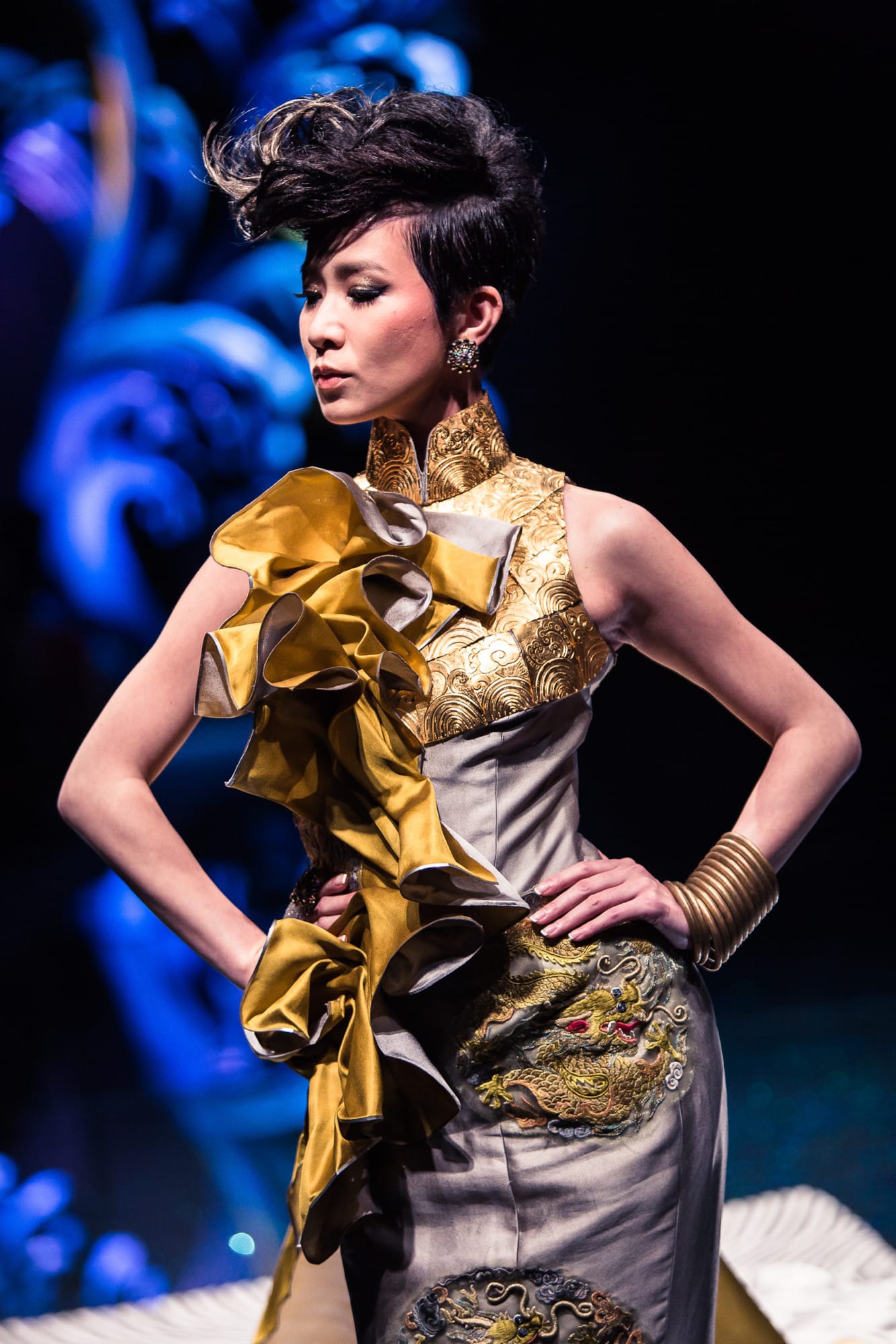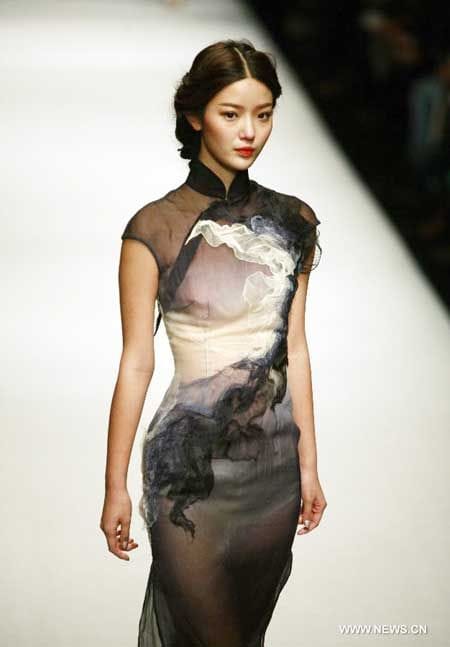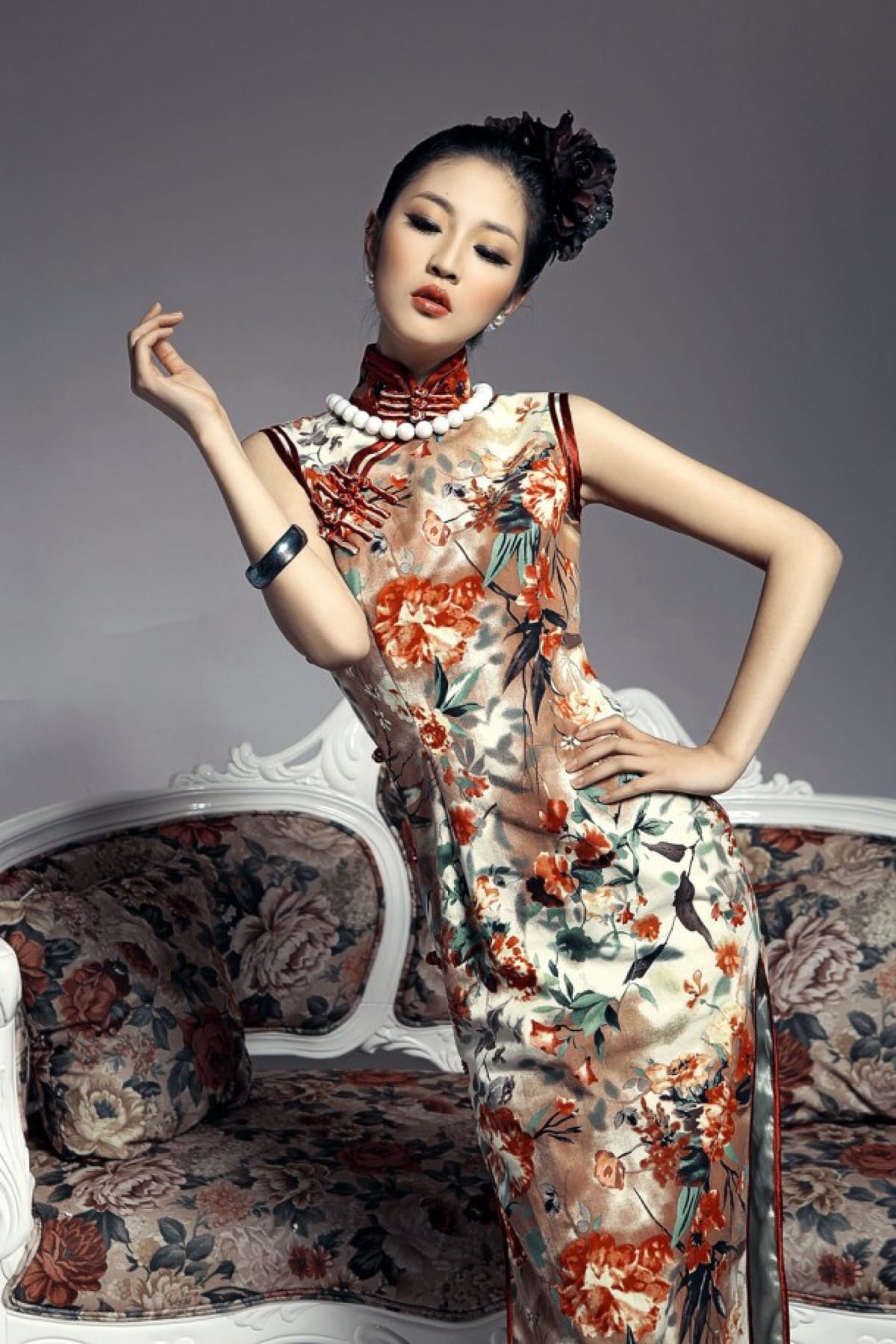The first time this image appeared in magazines, news, and blogs all over the world, a comment suddenly arose : President Xi JInping and the Chinese First Lady are really cool.
Enlarge
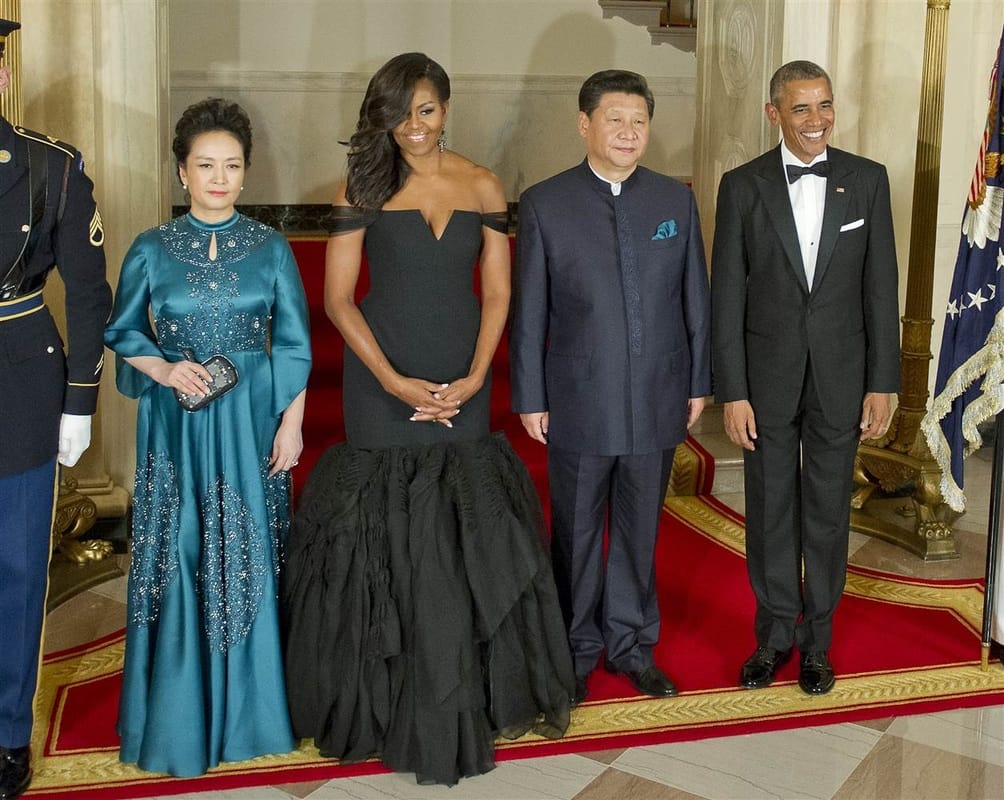
Credit: Reuters
Mr. and Mrs. Obama are probably the most glamorous pairing in the political world, however, President Xi won a surprising victory against them by showing a revisited traditional Chinese suit, made in a shining fabric and decorated with front embroidery and matching color “pochette”.
No Chinese tycoon has been celebrated as a master of elegance, not even Mr. Wang Jialin, king of real estate or Mr. Ma, Jant, Alibaba’s founder.
On several different occasions, President Xi Jinping and his wife have shown the world an evident trendy attitude and an undeniable charm.
It has not just been the personal behavior of the President and the First Lady; there are many reasons for this evident change:
China has a long tradition of the cult of beauty in its DNA.
Internationalization has developed a sense of a more challenging aesthetic.
Modernization has supplied the means to be updated and make purchasing easier.
Economic power has created the opportunity to express a modern personality.
The heritage of habits
China's millenary history is a long and successful one. Its techniques dominated the world of fashion for hundreds of years. However, China's history is also full of sudden shifts in power, and the fashion trends often reflected the changing of the times.
Here are some of the most notable Chinese fashions.
MAO’S SUIT
The legendary Mao’s Jacket has a different name in Chinese culture: Zhongshan suit (simplified Chinese: 中山装; traditional Chinese: 中山裝; pinyin: Zhōngshān zhuāng).
Who does not remember Chairman Mao wearing this famous jacket?
Billions of people remember this image from TV and photographs.
Enlarge
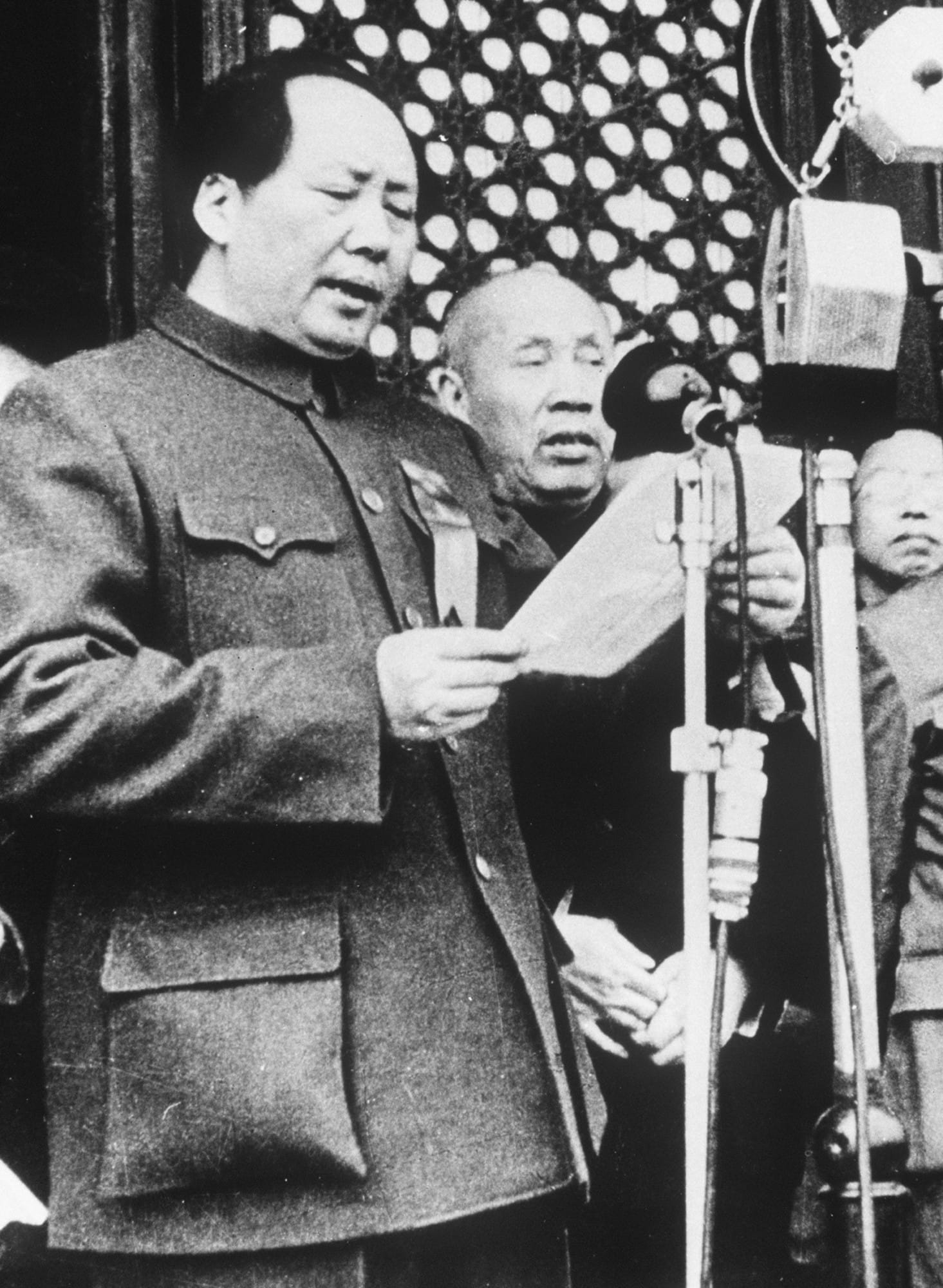
China TV File
In reality, this jacket was not introduced into Chinese culture by Chairman Mao, but rather from another legendary icon in Chinese history: Dr. Sun Yat-sen, the founder of the Republic of China.
Enlarge
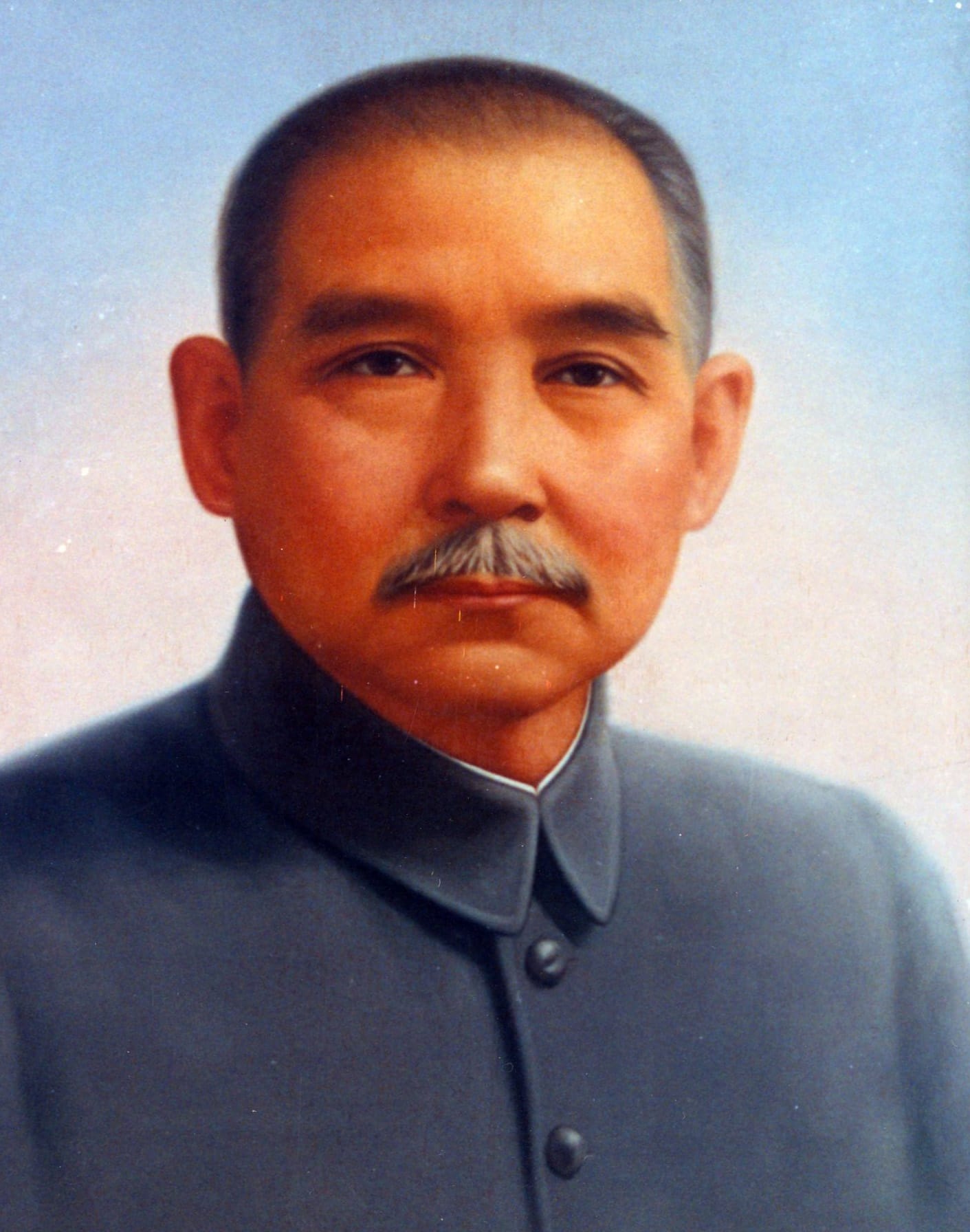
China TV: Official Pictures
Sun Yat-sen was the man who transformed China into a modern country, ending the Qing Dynasty. This modernization was shown worldwide with the change of clothing. No more were fashions connected with the old dynasty, but instead more closely reflected those of the surrounding modernized countries. He got the idea from Japanese army jackets that were copied by the Prussian army uniforms of the 1800s.
When Sun Yat-sen died in 1925,Chinese popular mythology assigned a revolutionary and patriotic significance to the Zhongshan suit. The four pockets were said to represent the Four Virtues cited in the classic Guanzi: Propriety, Justice, Honesty, and Shame. The five center-front buttons were said to represent the five Yuans (branches of government): legislation, supervision, examination, administration and jurisdiction–cited in the constitution of the Republic of China, and the three cuff-buttons to symbolize Sun Yat-sen's Three Principles of the People: Nationalism, Democracy, and People's Livelihood.
The Mao’s Jacket is still used in the People's Republic of China of 2000. The Mao suit also serves as a diplomatic uniform. Chinese ambassadors choose to wear a Mao suit when they present their credentials to the heads of states.
The President of the People's Republic of China wears a simple, undecorated green Mao’s suit when they attend the annual military parade in Tien’anmen Square in Beijing, on the anniversary of its foundation on October 1st.
Enlarge
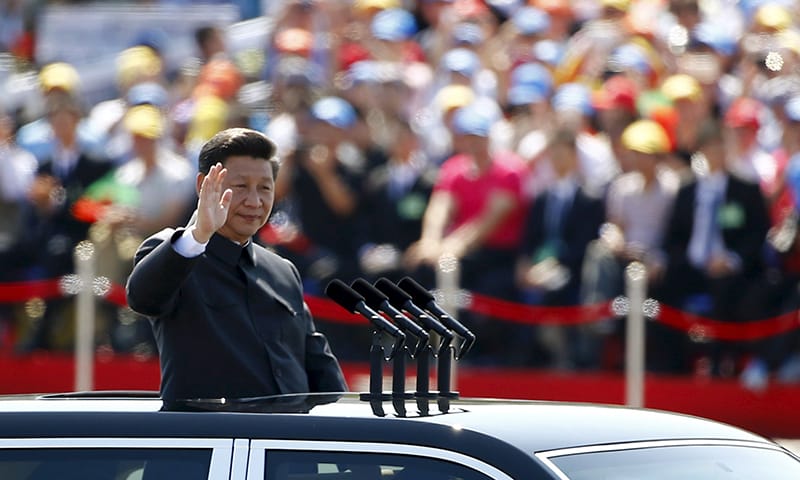
Credit: Reuters Pictures
Made from fine silk with fabulous design and patterns, the Qipao enriched by embroidery and jewel-buttons, remains the most traditional women's suit for every Chinese woman.
Enlarge
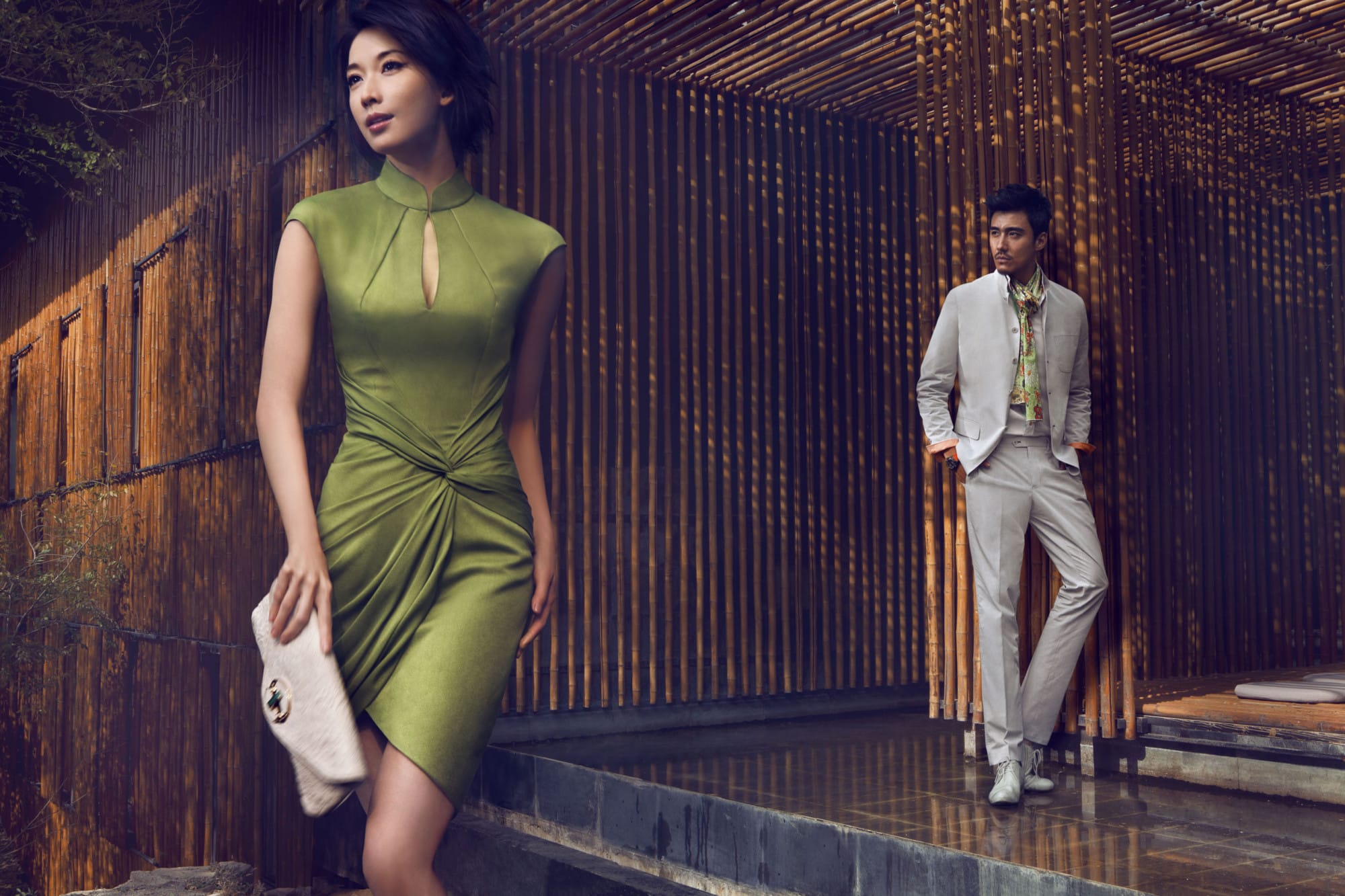
'The Rite of the Phoenix' Spring/ Summer 2012 Campaign - Shanghai Tang Collection
From time to time, the shape has been adapted to fit different trends, but always emphasizing elegance and the harmony of the body.
China is entering the 3rd millennium bringing a deep heritage of beauty and sense of elegance.
Here we offer a short movie of the history of the different customs time by time, but, always remember:
YELLOW IS THE COLOR OF THE EMPERORS

